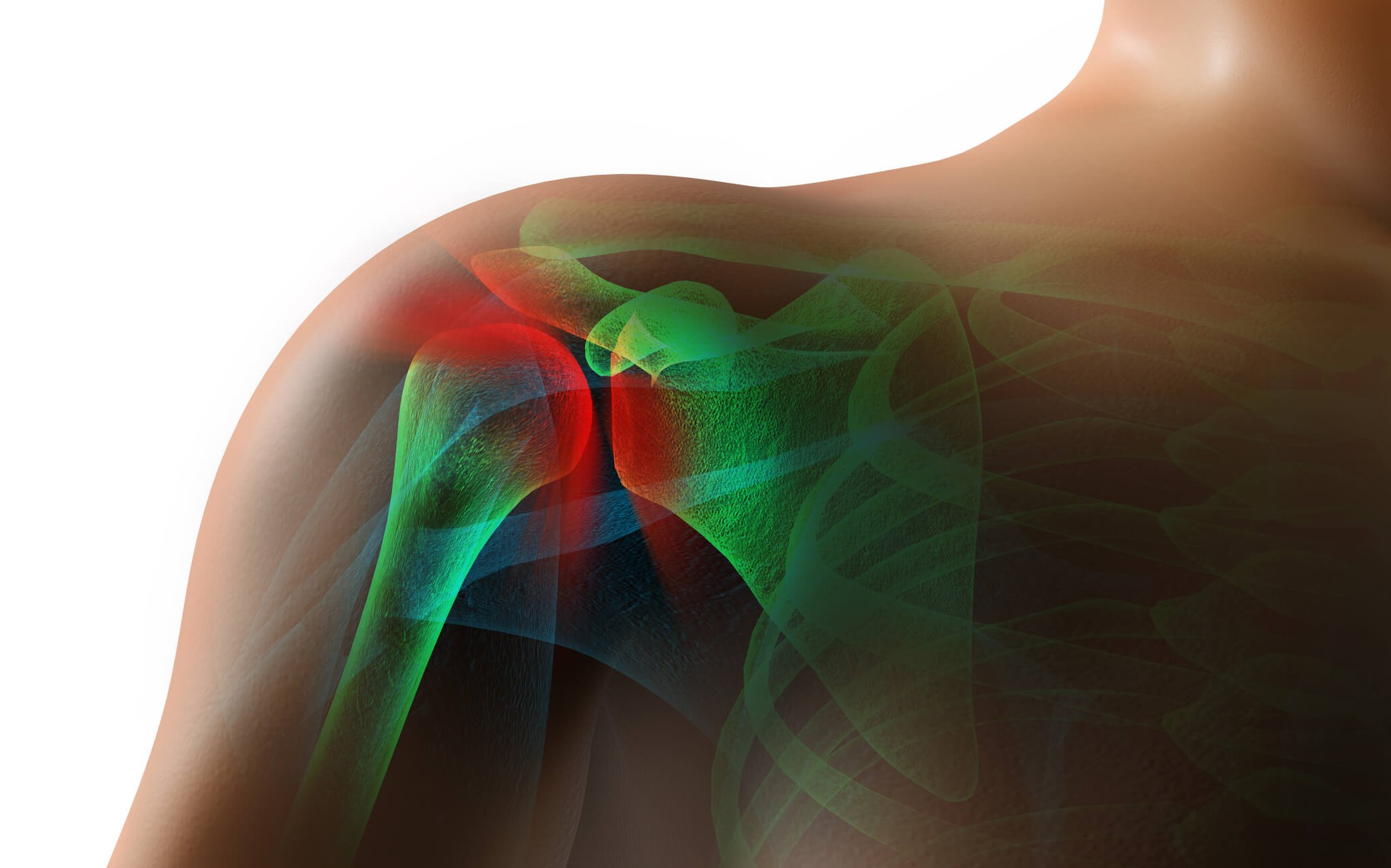Schedule An Appointment With Us
Are Your Symptoms Affecting Your Quality Of Life?
Consult our MOH-accredited orthopaedic surgeon for an accurate diagnosis & personalised treatment plan.
MBBS
MRCSEd
MMED (Ortho)
FRCSEd

A rotator cuff tear involves the rupture or damage to one or more of the tendons or muscles in the rotator cuff group. The rotator cuff is an assembly of muscles and their tendons that provide stability and mobility to the shoulder joint. The four muscles in this group — supraspinatus, infraspinatus, teres minor, and subscapularis — converge to form a cuff over the head of the humerus (the upper arm bone) and are integral for shoulder movement and support.
Rotator cuff tears occur due to a range of factors, broadly categorised as either acute or degenerative.
These are often the result of a sudden, forceful movement. This can include lifting an object that is too heavy or falling on an outstretched arm. In athletes, acute tears might happen during activities involving overhead motion, such as throwing, or from a direct blow to the shoulder.
These are more common and develop over time. They are typically seen in the ageing population as tissue elasticity diminishes and tendons wear down. Repetitive stress from tasks that involve lifting the arms overhead can also contribute to tendon wear and tear. Occupations such as painting or construction, or sports like tennis or baseball, which involve repetitive arm movements, can predispose individuals to degenerative tears.
Diagnosis of a rotator cuff tear involves a combination of clinical evaluation and imaging techniques.
The clinician will enquire about the onset of symptoms, any preceding injuries, and activities that exacerbate the pain. During the physical examination, the doctor assesses range of motion, shoulder strength, and the presence of pain with movement.
In certain cases, further diagnostic tests such as arthrography or magnetic resonance arthrography may be used to enhance visualisation of the rotator cuff tear.
Schedule An Appointment With Us
Consult our MOH-accredited orthopaedic surgeon for an accurate diagnosis & personalised treatment plan.
Non-surgical treatment options are often the first approach, particularly for patients with partial-thickness tears or those for whom surgery presents too high a risk. The main approaches are as follows.
When non-surgical treatment options do not provide relief, or in cases of complete rotator cuff tears, surgical intervention may be recommended. These include the following.
Recovery and rehabilitation following surgical treatment of a rotator cuff tear should be tailored to individual needs. The stages are outlined below.
Effective prevention strategies can mitigate the risk of rotator cuff tears, particularly for individuals engaged in activities that place them at higher risk.

MBBS
MRCSEd
MMED (Ortho)
FRCSEd
With over 18 years of experience, Dr Poh Seng Yew is an orthopaedic surgeon specialising in hip, knee, shoulder and elbow surgery, sports medicine, and trauma surgery.




Weekdays: 9.00am – 5.00pm
Saturdays: 9.00am – 1.00pm
Sundays and Public Holidays: Closed
Please leave us a message, and we will be in touch with you shortly.
A rotator cuff tear refers to a rupture or tear of one or more of the four tendons of the rotator cuff muscles in the shoulder.
Individuals over the age of 40, those engaging in repetitive overhead activities, athletes, and individuals with a history of shoulder injuries are at increased risk.
Diagnosis typically involves a physical examination, assessment of symptoms, and imaging tests such as MRI or ultrasound to visualise the tear.
Treatment options range from conservative approaches, like physiotherapy and medications, to surgical interventions, depending on the tear’s severity and the patient’s lifestyle requirements.
Some partial tears can heal with conservative treatment methods, such as rest, physiotherapy, and injections, especially in less active individuals.
Rotator cuff surgery can involve arthroscopic tendon repair, open tendon repair, tendon transfer, or in severe cases, shoulder joint replacement.
The recovery period can vary, generally taking several months, with an initial phase of immobilisation followed by graduated rehabilitation exercises.
Prevention can include strengthening exercises for the shoulder, proper technique during activities, ergonomic workplace adjustments, and avoiding repetitive strain on the shoulder.